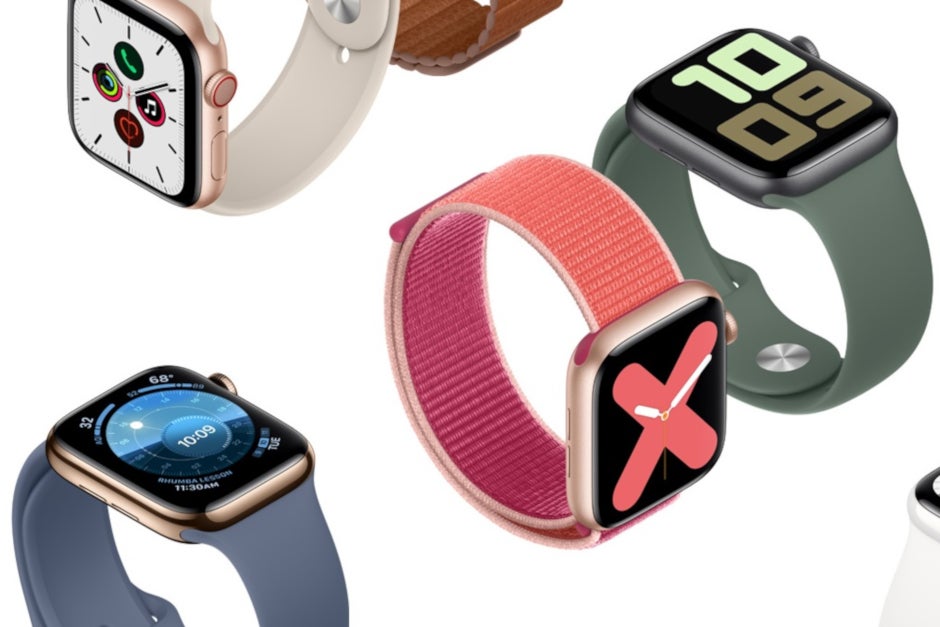Apple Watch catches severe heart problem that a hospital ECG missed

Thanks to features such as the heart rate monitor, the electrocardiogram (ECG), and fall detection, the Apple Watch has a history of saving lives. And we can now add another chapter to this story according to a report from the European Heart Journal. An 80-year old woman in Mainz Germany presented at the University Medical Center Mainz feeling lightheaded and complaining about chest pain and an irregular pulse. In the Chest Pain Unit of the hospital, the patient underwent an electrocardiogram which came back normal as did the blood tests that were done.
Another life is saved by the Apple Watch
The patient then showed the cardiologists the readings she recorded using the ECG monitor on her Apple Watch and things changed in a, well, heartbeat. The ECG recordings made by the Apple Watch revealed signs of marked ST segment depression indicating severe coronary ischemia. As a result, the patient underwent a heart catheterization which showed "a severe coronary artery disease such as a main stem stenosis and a bifurcation lesion involving the left anterior descending artery." With Balloon angioplasty and the use of a stent, the patient was successfully treated and discharged two days later without any symptoms and in good condition.

The Apple Watch Series 4 and the Apple Watch Series 5 (pictured) both have the electrocardiogram feature
The cardiologists wrote in their report, "The development of smart technologies paves the way for new diagnostic possibilities. In the case of the Apple watch, after the mobile application is installed, the records an ECG when a finger is placed on the watch’s digital crown. A 30-s tracing is stored in a PDF file that can be retrieved from the application. Thus, the Apple watch may be used not only to detect atrial fibrillation or atrioventricular-conduction disturbances but also to detect myocardial ischemia. An apple a day may keep myocardial infarction away."
Another new possible life saving feature reportedly on the way to the Apple Watch Series 6 is a pulse oximeter. This measures the oxygen saturation level of a patient. While a reading in the 94% to 100% range is considered good, anything lower than 80% could be indicative of a lung problem. And some doctors on the front line battling COVID-19 have discovered that a low oxygen saturation rate could be an early warning sign of coronavirus in patients who are not presenting with a breathing problem.
The Apple Watch Series 6 is also expected to be equipped with a native sleep-tracking app which is something that has been on Apple Watch users' wish lists for quite a while. Apple is also believed to be working on a feature that will help users know when they are feeling stressed and anxious and prone to having a panic attack. This might not necessarily be found on the upcoming Series 6, but could be a couple of years away.
Apple has also been reportedly working on a glucose monitoring test for insulin-dependent diabetics. Currently, those taking insulin injections need to test their blood sugar level three or four times a day to help them figure out how much insulin they need. This process requires the diabetic to prick himself with a small needle and squeeze a drop of blood on a test strip inserted into a glucometer. If the guys in Cupertino can come up with a way for the Apple Watch to replace the use of needle sticks and expensive test strips it would save millions of diabetics some money and some pain.
The Apple Watch is the top-selling timepiece in the world and is part of Apple's fastest-growing business group, Wearables, Home, and Accessories. Apple should give us a preview of watchOS 7 as soon as next month during the WWDC Developer Conference; the latter has been moved online because of the global pandemic and no date for the event has been announced. The Apple Watch Series 6 and should be unveiled in September with watchOS 7 released during the same month.













Things that are NOT allowed: